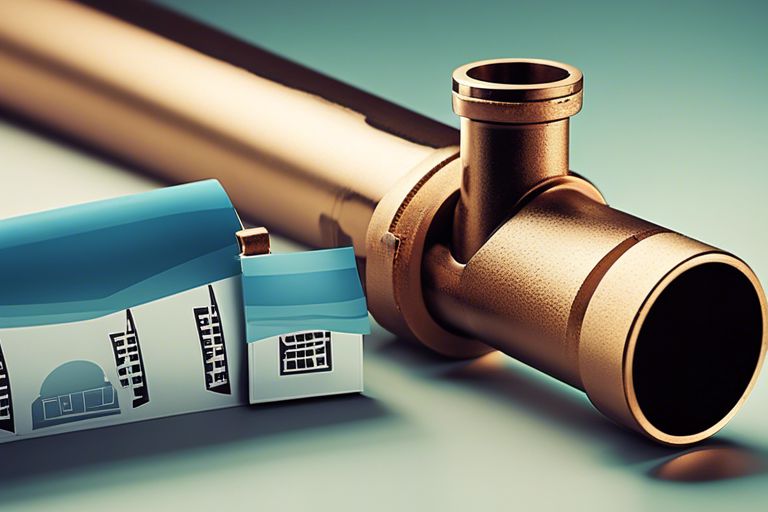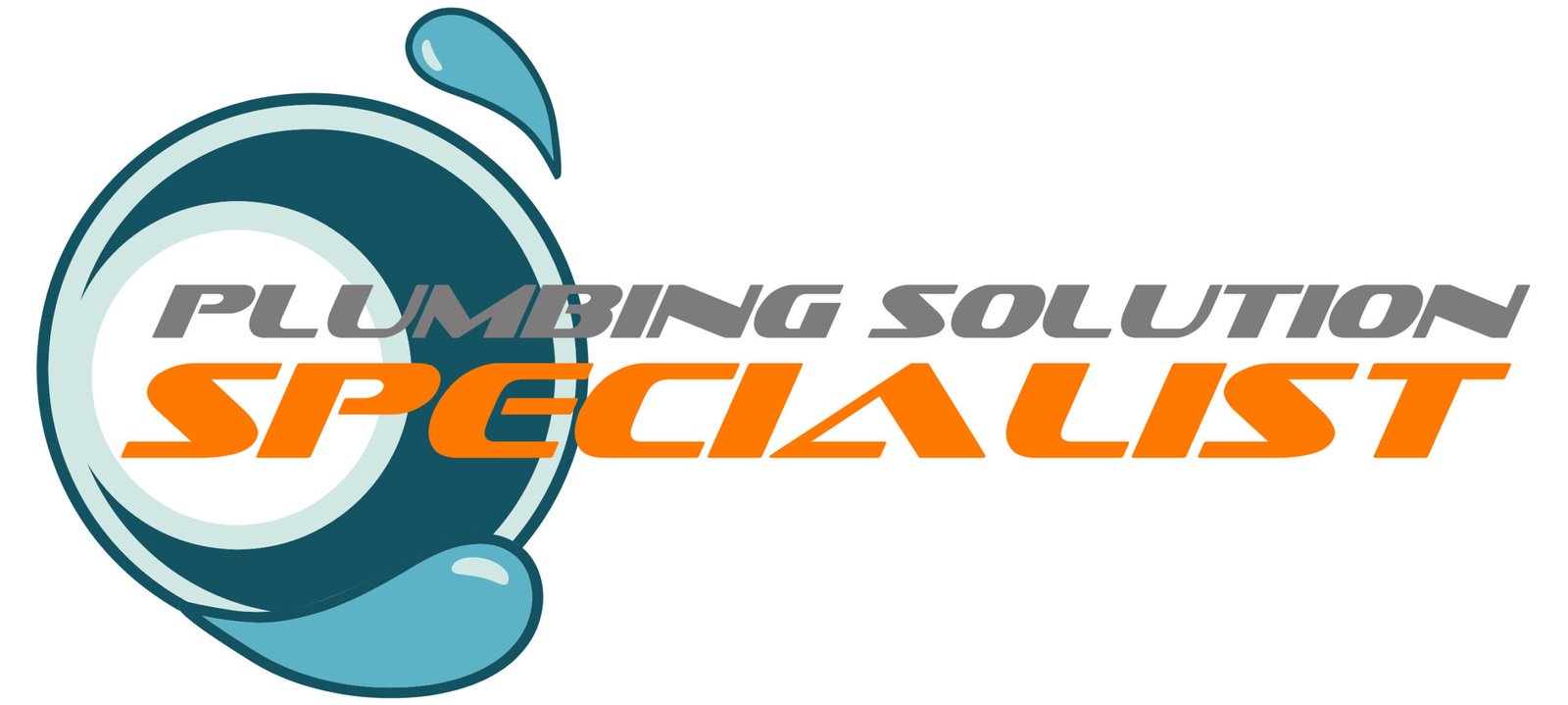Are Corroded Pipes Draining Your Wallet? Repiping Costs Explained.

Many homeowners overlook the danger of corroded pipes, which can lead to costly leaks, water damage, and even health hazards. In this informative post, you will discover the importance of assessing your plumbing system for signs of corrosion, and we will explain the costs involved in repiping your home. By the end of this article, you will have a clear understanding of how corroded pipes could be draining not only your wallet but also your peace of mind. Key Takeaways: Corrosion in pipes can lead to a variety of issues, including leaks, low water pressure, and water discoloration. Repiping may be necessary to address these problems, involving the replacement of old, corroded pipes with new ones. Repiping costs can vary depending on factors such as the size of the home, the materials used, and the extent of the repiping job. The Hidden Dangers of Corroded Pipes Aging pipes in your home can pose significant risks that may not be immediately visible. Corroded pipes can lead to a host of problems, including health hazards and property damage. It’s crucial to understand the potential dangers associated with corroded pipes so that you can take the necessary steps to address them before they escalate. Health Risks Associated with Corroded Pipes Hidden within your walls, corroded pipes can contaminate your water supply with harmful substances like lead and copper. Exposure to these contaminants can result in serious health issues, including gastrointestinal problems, neurological disorders, and developmental delays, especially in young children. Regularly inspecting and replacing corroded pipes is vital to safeguarding your family’s health and well-being. Property Damage Caused by Leaks and Water Damage Leaks from corroded pipes can go unnoticed for extended periods, causing water damage to your home’s structure, walls, and foundations. This can lead to mold growth, compromised structural integrity, and costly repairs. If left untreated, the continuous leaking can result in flooding, ruining your belongings and posing a safety hazard. It’s crucial to address corroded pipes promptly to prevent extensive property damage and the associated financial burden. Identifying Corroded Pipes It’s crucial to be able to identify corroded pipes in your home to avoid potential costly damages. Corrosion can weaken pipes, leading to leaks, low water pressure, and even health hazards. Knowing the signs of corroded pipes can help you take proactive measures to prevent further damage. Visible Signs of Corrosion For visible signs of corrosion on your pipes, you should look for discoloration, stains, and flaking on the pipes’ surface. Rust or greenish patches are also indicators of corrosion. Additionally, bumps or scaling on the pipes can signal a corrosion issue. Hidden Signs of Corrosion Corroded pipes may also exhibit hidden signs that can be more challenging to detect. Low water pressure, foul odors, discolored water, and water spots on walls or ceilings can be indications of hidden pipe corrosion. Sudden spikes in your water bill without a clear explanation can also be a sign of hidden pipe corrosion. Corrosion can occur inside pipes without any visible external signs. Regular inspection by a professional plumber, especially in older homes or buildings, can help identify hidden corrosion before it leads to more extensive damage. Repiping Options Traditional Repiping Methods On your journey to address your corroded pipes and potentially costly leaks, you have several repiping options to consider. Traditional repiping methods such as copper and galvanized steel pipes have been the norm for decades. These materials are durable and can last for many years, providing reliable water flow throughout your home. Modern Repiping Solutions (e.g., PEX, Copper) Solutions such as PEX (cross-linked polyethylene) and copper are gaining popularity due to their durability, flexibility, and cost-effectiveness. PEX piping is known for its resistance to corrosion and freezing, making it a reliable choice for repiping your home. Alternatively, copper piping has a long history of use in plumbing due to its resilience and longevity. Modern repiping options like PEX and copper offer you a chance to upgrade your plumbing system with materials that are not only reliable but also more cost-effective and efficient in the long run. These solutions can help you avoid future plumbing issues and save you money on repairs and maintenance. Factors Affecting Repiping Costs Now, let’s explore into the various factors that can affect the costs involved in repiping your property. Understanding these factors will help you make informed decisions and budget effectively for this necessary investment. Pipe Material and Quality The type of pipe material used in your plumbing system plays a significant role in determining repiping costs. Older homes may have outdated galvanized steel pipes that are prone to corrosion and leaks. Upgrading to modern materials such as copper or PEX can improve the longevity and efficiency of your plumbing system. Furthermore, the quality of the pipes, whether they are standard or high-grade, will also impact the overall cost of repiping. Pipe Size and Complexity For optimal functionality and water flow, the pipe size must match the needs of your property. Larger homes with multiple bathrooms and complex layouts will require more intricate piping systems, leading to higher costs. Moreover, factors like the number of bends, angles, and connections can increase the complexity of the repiping project, affecting the overall expenses. Keep in mind that a thorough assessment of your property’s plumbing needs is crucial to determine the appropriate pipe size and complexity required for the repiping process. Accessibility plays a vital role in determining repiping costs. If the pipes in your home are located in hard-to-reach areas such as behind walls, under flooring, or in the ceiling, the accessibility factor can significantly impact the total cost of repiping. Accessibility issues may require additional labor and resources to access and replace the pipes effectively. Ensure that the location of the pipes in your property is easily accessible to minimize repiping costs. It is important to consider these factors when estimating the costs of repiping your property. By understanding the pipe material, size, complexity, and location factors, you can make informed decisions and prepare financially for
